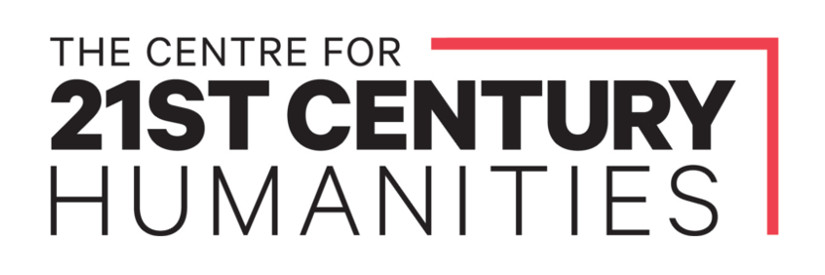| Site Name | Pinjarra |
| Aboriginal or Torres Strait Islander Place Name | |
| Language Group, Nation or People | Pinjarup Noongar |
| Present State/Territory | WA |
| Colony/State/Territory at the time | WA |
| Police District | Pinjarra - Peel region |
| Latitude | -32.63 |
| Longitude | 115.871 |
| Date | 28 Oct 1834 |
| Attack Time | Day |
| Victims | Aboriginal or Torres Strait Islander People |
| Victim Descriptions | Aboriginal |
| Victims Killed | 15 |
| Victims Killed Notes | Est. 15-80 people died. |
| Attackers | Colonists |
| Attacker Descriptions | Government Official(s), Settler(s), Soldier(s) |
| Attackers Killed | 0 |
| Attackers Killed Notes | Police Superintendant Theophilus Tighe Ellis speared and died from Injuries. |
| Transport | Horse |
| Motive | Opportunity |
| Weapons Used | Musket(s), Bayonet(s) |
| Narrative | Captain James Stirling's plan to create a settlement south of Perth at Pinjarra was thwarted by the 'Murray tribe.' He told the Colonial Office in London that they threatened to destroy all the whites in the district and argued that if a 'check' was not made on them, they may 'tempt other tribes to pursue the same course, and eventually combine together for the extermination of the whites' (Owen, 2016, p 73). The 'check' occurred on 28 October 1834 when Governor Stirling and twenty-four soldiers and civilians cornered the Murray Tribe' of some 'estimated eighty men, women and children in what has become one of the most infamous punitive expeditions in Western Australian history.' A large number of 'people were killed, the event itself created political controversy and, later, historians debated whether the 'check' was legal, 'just battle' or a 'massacre'. Stirling's own words on this matter were explicit and suggested the massacre description was apt. In his report to the Colonial Office, he declared that he had set out to punish the whole tribe and that his intention was to instill fear in the Aborigines and break their resistance. The only way to deal with Aboriginal people, he wrote, was to 'reduce their tribe to weakness' by inflicting 'such acts of decisive severity as will appall them as people'. The Perth Gazette reported on an uncompromising warning to the survivors that if there were any more trouble 'four times the present number of men would proceed amongst them and destroy every man woman and child' (Stirling, 1834, cited in Owen 2016, p 73).
Stirling later wrote to British Colonial Secretary Stanley (1 Nov 1834). He stated he said this to the surviving prisoners: 'they were then informed that the punishment had been inflicted, because of the misconduct of the tribe, that the white men never forgot to punish murder, and that on this occasion the women and children had been spared, but that if any person should be killed by them, not one would be allowed to remain alive this side of the mountains. Upon this they were dismissed' (Stirling cited in Contos et al, 1998). The 'mountains' Stirling referred to are the Darling Scarp, a mountain range east of Perth that extends for over 400 km from Bindoon in the North to Pemberton in the South West. Stirling was effectively threatening to kill 80% of the Noongar population of the South West. Another account from Grose (1927) states 'The whites opened fire. About 80 blacks were killed and the bodies of many of the dead floated down the river. A bugle then blew to cease fire, after which the native women and children were gathered together and Sir James Stirling warned them that a similar punishment would come back to blacks in the future if any more whites were killed or molested. About 50 natives were buried in one great hole, which was afterwards located in Mr Oakley's field beside Captain Fawcett's property at Pinjarra Park' (Grose 1927, pp 30-34). |
| Sources | Owen, 2016; Stirling, CSO No 14 to Stanley, 1 November 1834, CO 18/14 f134; Grose, 1927; Green, 1981; Contos, 1998; Hunt, 1978; Harris, 2003; Green, 2003.
See Also:
Perth Gazette and West Australian Journal, November 1, 1834, p 382 https://trove.nla.gov.au/newspaper/article/641213/402; Large stone monument, Battle of Pinjarra Memorial Park, McLarty Road, Pinjarra, 6208. (Sources PDF) |
| Corroboration Rating | *** |

